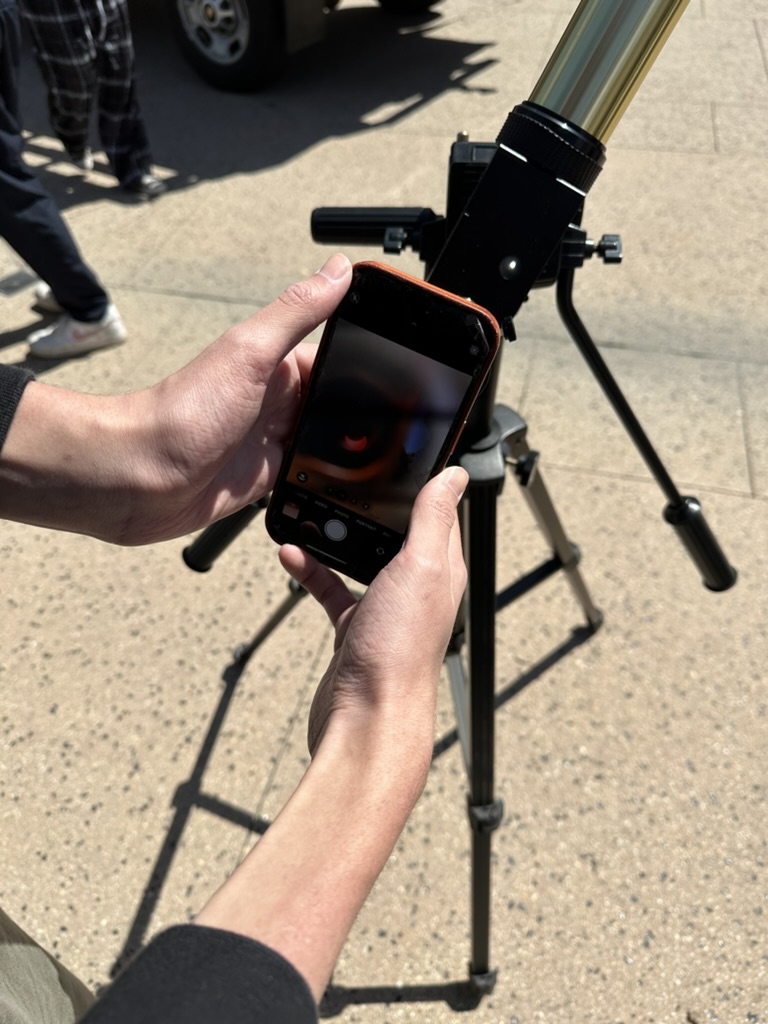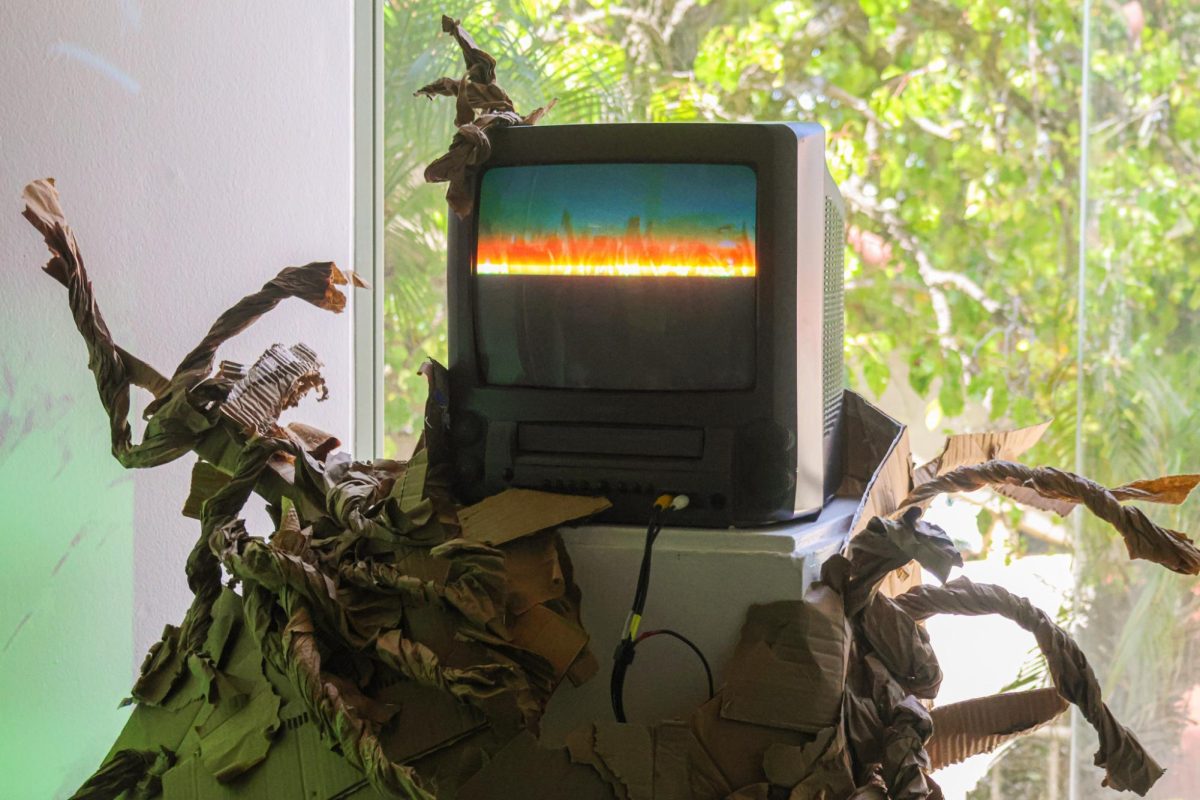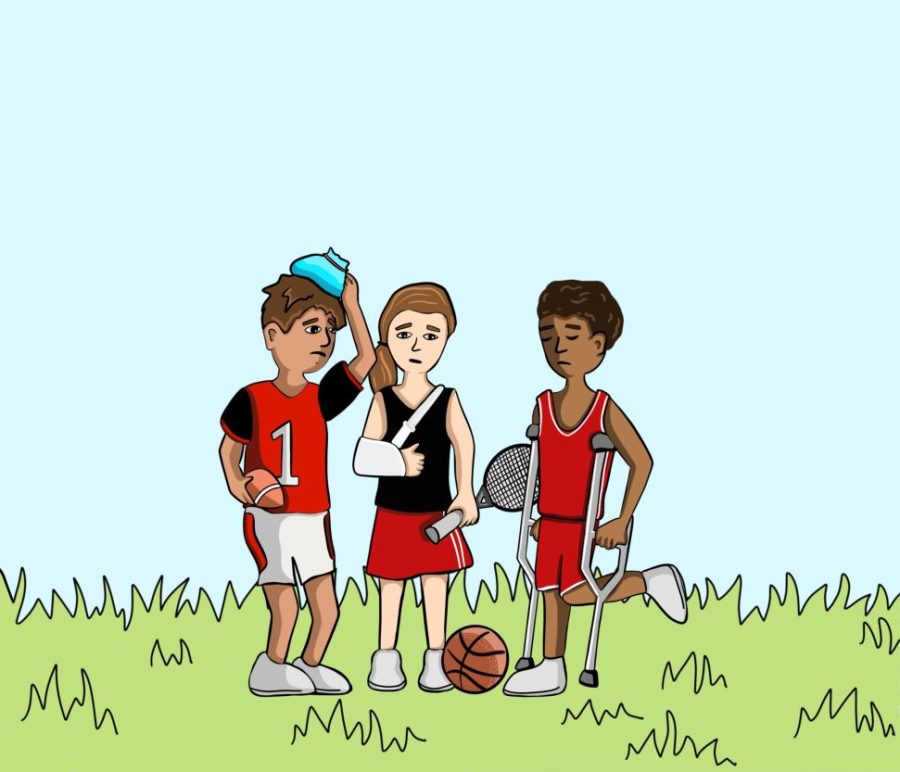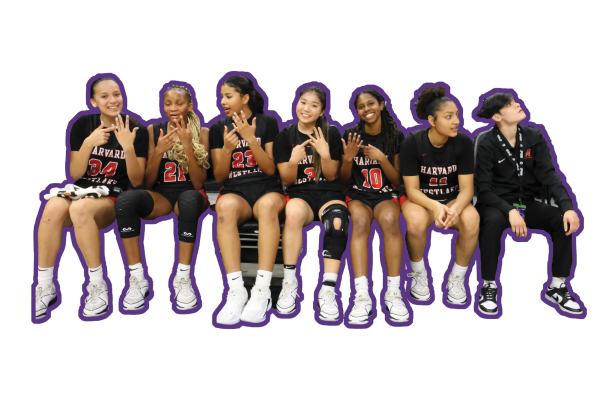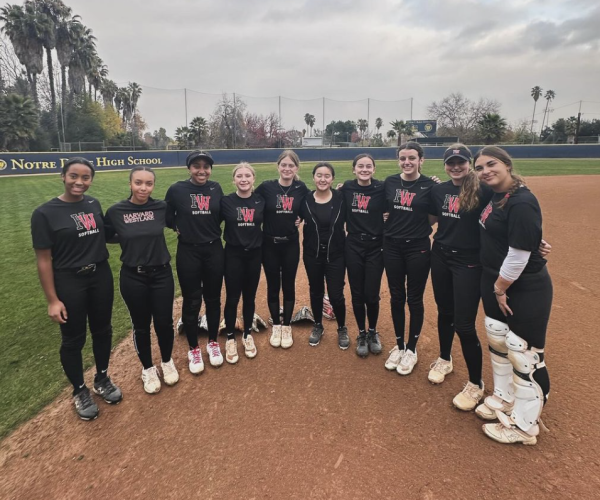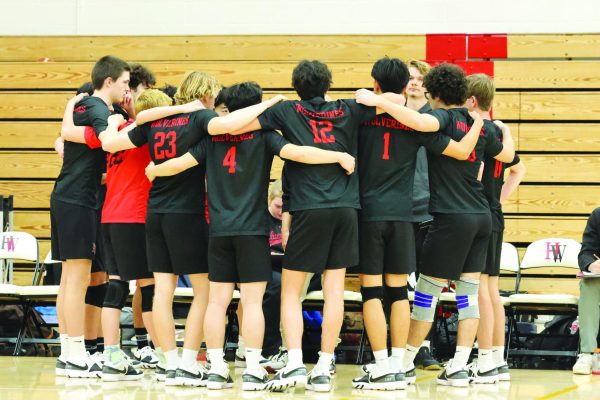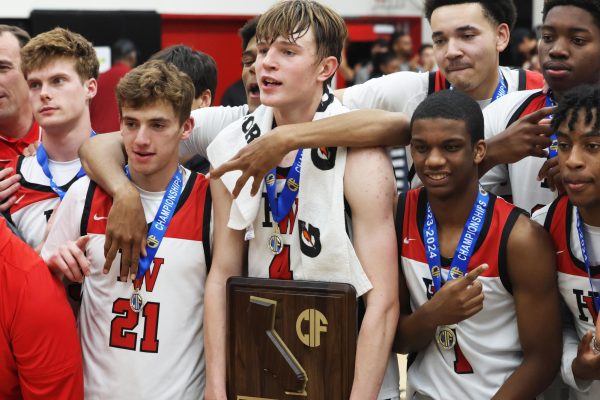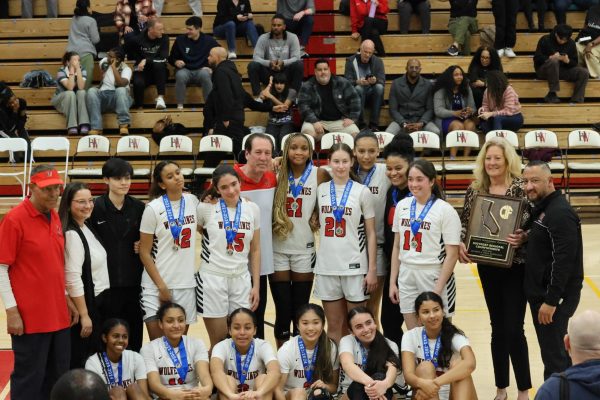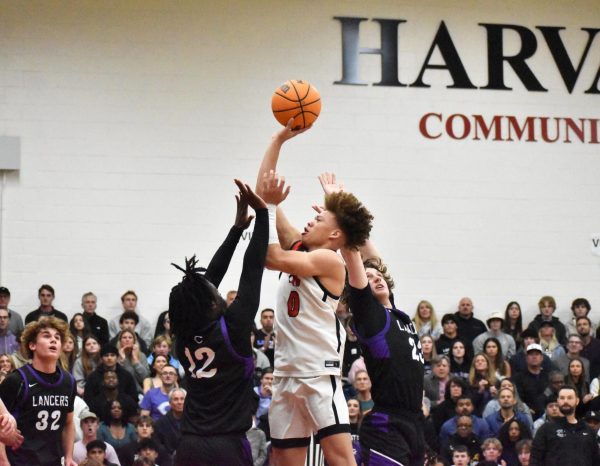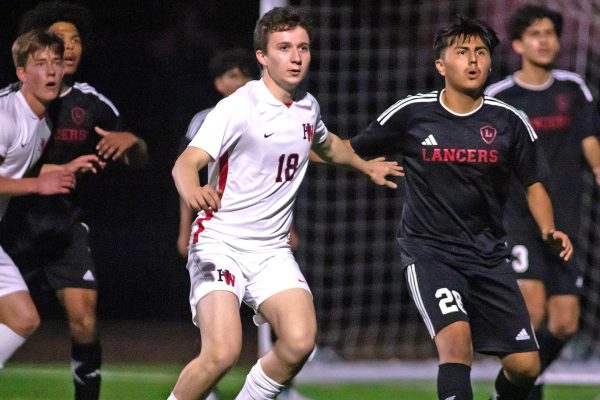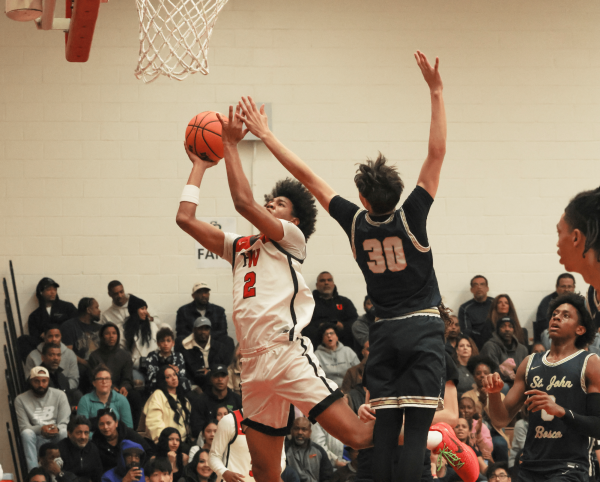Athletes recognize impact of injuries
Illustration by Alexa Druyanoff
Illustration of Harvard-Westlake athletes facing the physical and mental impacts of their injuries.
January 25, 2022
Blocking a shot coming her way, Sofia Llevat ’22 gasped for air as the field hockey ball hit her in the chest.
“We were doing a drill, and I was playing defense,” Llevat said. “I was standing in front of the goal, which is something that has always scared me, [and] one of our most talented players made a strong hit towards the goal and hit me in the chest, knocking the wind out of me.”
Llevat said although her injury has since healed and she did not suffer any major physical damage, she has continued to feel the mental impacts of her injury.
“I didn’t realize how much of a mental impact [my injury] had until I was back at practice,” Llevat said. “I had never been afraid of the ball, but [during] our first game back I noticed [I was] not running towards the offender as I normally would. I wasn’t pressuring [the offense] as much, and I was just kind of hanging back.”
Llevat said her coaches and teammates noticed the change in her performance and recommended she meet with Sports Psychologist Kat Scardino.
“I met with [Scardino], and we talked about how I had begun to freak out during games and about how my mental block wasn’t allowing me to physically block the ball while I played,” Llevat said. “[Scardino] and I also talked about the pressure of being on a varsity team at [the school].”
Llevat said the team pushed themselves during games to maintain their winning streak. She said losing their three-year winning streak, it affected the team’s mentality on the field.
“I think [losing the game] drove us more than anything,” Llevat said. “As a team, we pushed ourselves to play harder and prove that we were still a strong team. Our coaches were never too hard on us in terms of pressure. They supported us through our loss and never pushed us beyond what they new [our bodies] were capable of.”
Equestrian Savannah Strome ’24 said she feels as though conditions at the Interscholastic Equestrian League (IEL) prompt injuries; he said independent equestrian trainers push their students to an extent that can result in dangerous situations, like falling off of a horse. She said she does not feel comfortable enough at IEL to compete in the higher level classes because of the risks they pose to her physical health, she competes in the junior varsity classes even though she has qualified for the varsity classes.
“When I compete independently, I enter in 1.20m classes, but at IEL I don’t feel comfortable to do so because of the dangerous atmosphere,” Strome said. “Trainers enter their students in classes where they are forced to make dangerous turns [on their horses] and ride too fast to win.”
Strome said she has noticed IEL attempting to make shows safer by adding an optimum time card. Optimum time is a class with a set time, in which each rider has to complete the course in that exact time. She said this helps control how fast the horse and rider compete, as the rider does not want to finish faster than the prescribed time.
“I feel like the reason they have [optimum time] is to keep the show safe because a lot of trainers just encourage their students just go as fast as they can,” Strome said. “The show is just very dangerous and crammed. Overall it’s in bad condition. I’d rather compete [in] something safe at a lower height, though I wish I could compete at the varsity level and get points for the school. [Right now] I don’t feel like I am at a competition where I am competing for my school.”
Strome said she hopes IEL makes changes that will allow her to seriously compete and hopefully win varsity awards for the school’s team.
“I would rather do higher jumps at a place I know is more organized and safe,” Strome said. “[At IEL] it is harder to compete in a higher class safely, due to the conditions of the show.”
Sydney Carmel ’23 said she is afraid to return to playing junior varsity soccer after obtaining her second concussion as a result of playing. She said her performance in the sport has suffered.
“After having multiple concussions, I began to avoid the ball and contact with other players,” Carmel said. “After this most recent injury, [my parents and I] have been hesitant for me to go back [and play] for the team. For a concussion specifically, [playing at a] high school level doesn’t make the injury worth it.”
Football offensive tackler and former basketball center Kai Faucher ’23 said he injured the cartilage in his patella during strength training practice in June 2019.
“The cartilage in my kneecap was weakened to a point [where] I could not walk around without sharp knee pain,” Faucher said. “I got surgery and was recovering for about a year and a half. I have made a full return to football but not [to] basketball.”
Faucher said his experience with physical injury taught him athletes should be wary of the potential risks and dangers when choosing to play a sport. He said he has learned that his mentality affects his game performance in a positive way.
“If fate has it for me to get injured doing what I love, then so be it, but I think a large part of my recovery was mental, being able to overcome self-doubt and pushing through fear of the unknown,” Faucher said.
Faucher said he has noticed a change in coaching behavior over his time playing for the school. He said since he began the school’s strength training program, coaches have become more aware of the extent they are pushing athletes.
“I was definitely worked too hard [leading up to] my injury,” Faucher said. “It’s hard to say that every injury is the result of one thing or the other completely, but I will say that [the school] is a competitive athletics school where kids are forced to make decisions and sacrifices regarding the team over their own bodies. I know I’ve had to.”


